Exploring the natural world often takes us to remote jungles and sprawling deserts, but sometimes the greatest mysteries lie closer to home. Tucked away in the Appalachian Mountains, the Lost Rainforest of West Virginia presents a rich tapestry of biodiversity that rivals the world’s more famous ecosystems. Enigmatic and underexplored, this unique expanse offers a window into both the past and present life of the Appalachians, beckoning scientists and nature lovers alike to delve into its wonder.
The Legacy of the Appalachian Mountains
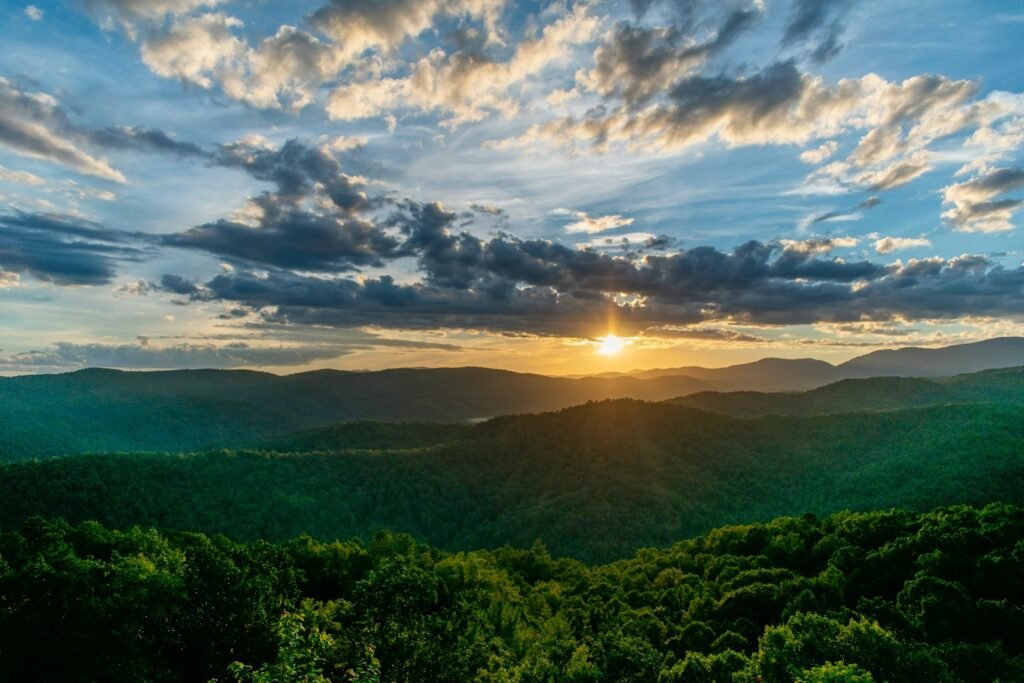
The Appalachian Mountains, among the oldest in the world, have a storied geological and ecological history. These mountains, which stretch from Canada to Alabama, are characterized by a diverse range of ecosystems due to their varied elevation and climate. Nestled within these mountains is an almost mythical rainforest that defies conventional understandings of the area’s climate and ecosystem.
The Unique Climate of West Virginia
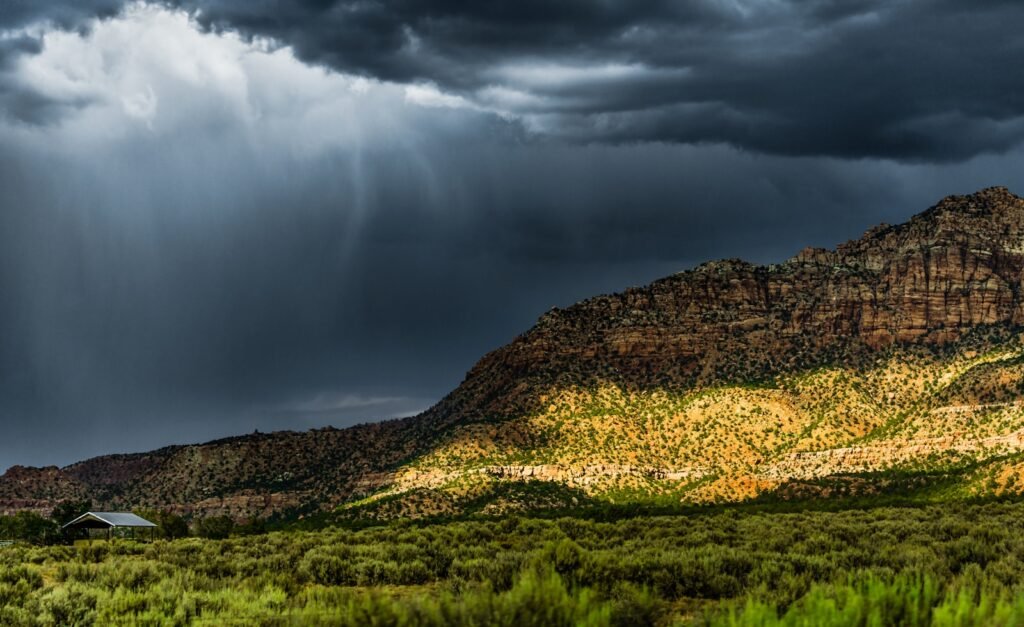
While most envision West Virginia as having a temperate climate, the state also possesses microclimates that mimic those found in temperate rainforests. High rainfall, cool temperatures, and reduced sunlight due to dense canopies create conditions that allow this unique ecosystem to thrive. These conditions are particularly prevalent in the state’s higher elevations, where fog and mist frequently blanket the landscape.
The Flora of the Lost Rainforest

The rainforest is a botanical treasure trove, boasting a wide variety of plant species. Towering hemlocks and spruce trees form a verdant canopy above, while rhododendrons and ferns carpet the forest floor. These species benefit from the high moisture levels, which also support a variety of mosses and lichens. Scientists believe some of these plant species have existed since before the last Ice Age.
The Richness of Fauna

Beyond its plant life, the Lost Rainforest is home to a fascinating array of wildlife. Salamanders, a significant component of the ecosystem, can be found in abundance. The region is considered a salamander biodiversity hotspot in North America, supporting species that are rare and sometimes endangered. Insects, birds, and small mammals also thrive here, each playing a role in the delicate ecological balance.
Scientific Importance and Research Efforts

The Lost Rainforest is not only a point of interest for ecologists but also a natural laboratory for scientific research. Studies have focused on the unique adaptations of its flora and fauna, carbon storage potential, and climate change impacts on biodiversity. These insights contribute to the broader understanding of similar ecosystems globally and inform conservation strategies.
Conservation Challenges
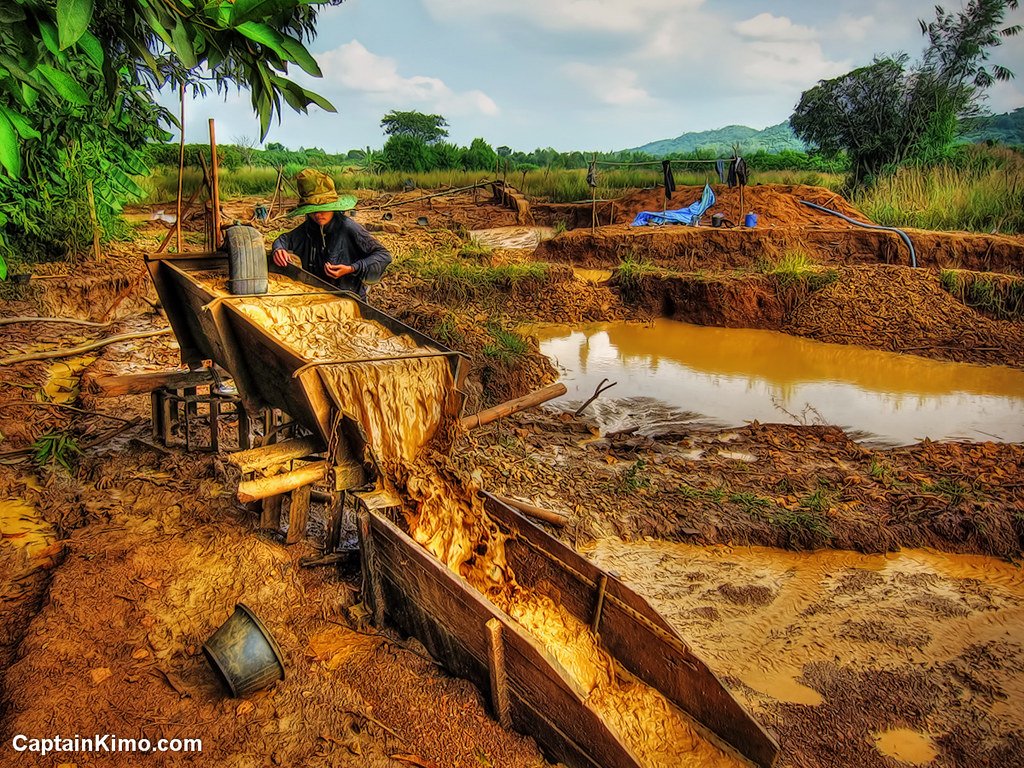
Despite its ecological value, the rainforest faces threats from logging, mining, and climate change. Deforestation can lead to loss of habitat and biodiversity, while climate change can alter the delicate balance of this ecosystem. Conservationists are working to raise awareness, garner protection measures, and promote sustainable practices to safeguard this unique environment for future generations.
Community Involvement and Ecotourism
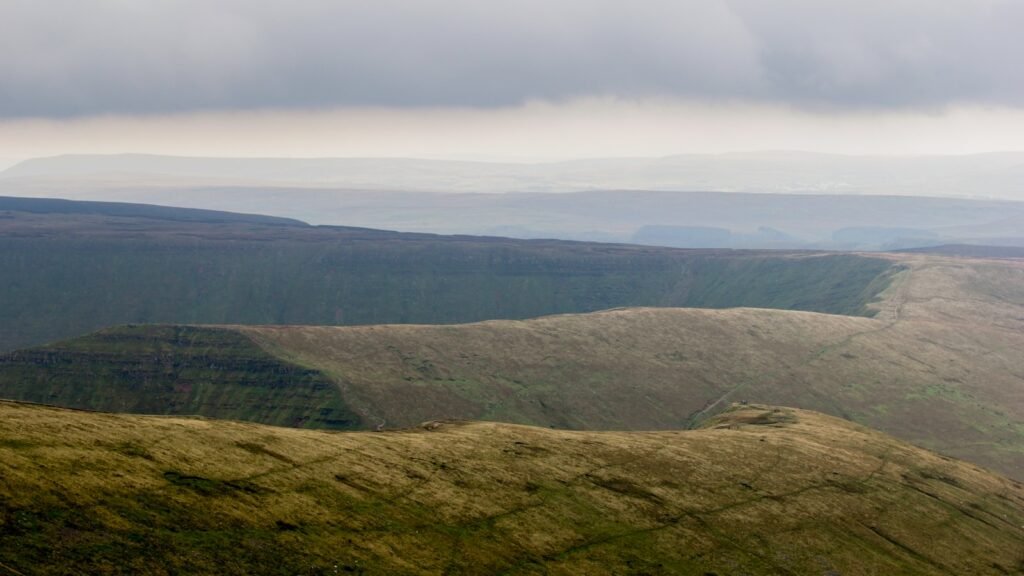
Over recent years, local communities have begun to appreciate the ecological and economic value of the Lost Rainforest. Initiatives to promote ecotourism provide educational opportunities and generate income while fostering conservation efforts. Visitors can explore the lush landscape through guided tours that highlight the forest’s unique attributes and importance.
Future Prospects and Conservation Efforts

There is growing optimism about the rainforest’s future due to increasing scientific interest and public awareness. Collaborative efforts between researchers, conservationists, and local communities are crucial in crafting a sustainable future for this ecological gem. Establishing protective legislations and conservation programs will play significant roles in preserving the biodiversity found in these ancient woodlands.
The Importance of Ecosystem Preservation
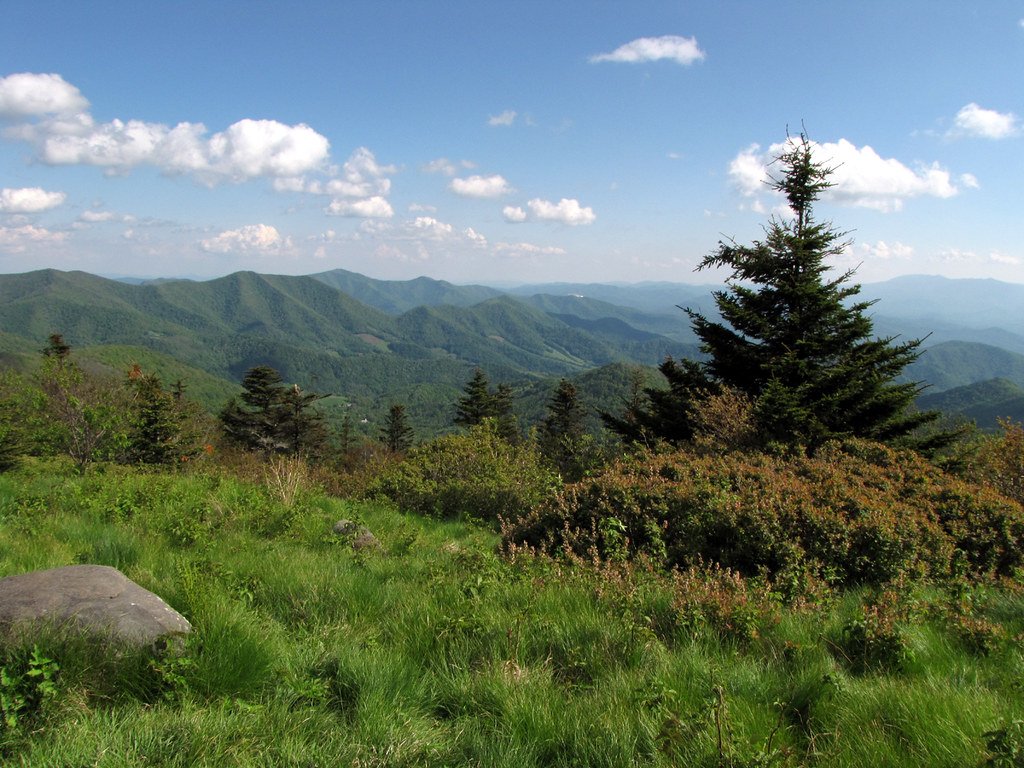
The Lost Rainforest serves as a crucial reminder of nature’s fragility and resilience. It highlights the importance of preserving ecosystems that may not be widely known or understood but are valuable nonetheless. By studying and protecting these areas, we gain insights into the natural world’s complexity and interdependencies, reminding us of our responsibility to conserve and respect nature.
Conclusion

The Lost Rainforest of West Virginia stands as both a scientific wonder and a call to action. Its existence prompts us to reconsider what we know about temperate climates and to recognize the hidden gems within our own borders. As ongoing research peels back more layers of this ecosystem’s mysteries, we are reminded of the intricate ties that bind life on Earth. By preserving this rainforest, we not only protect a unique ecosystem but also ensure future generations can witness and study its unique splendor. Ultimately, the Lost Rainforest is not just a marvel of the Appalachian range but a testament to nature’s enduring beauty and complexity.



